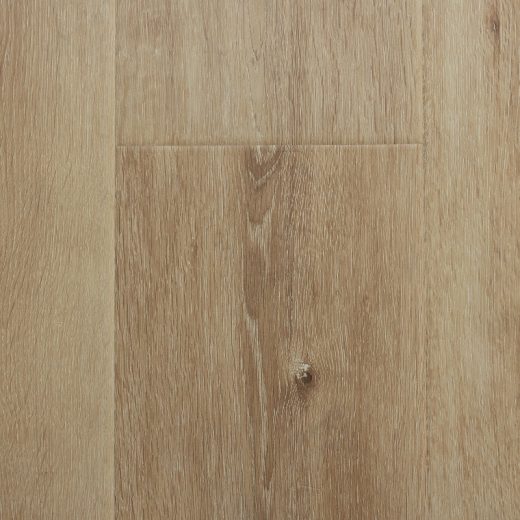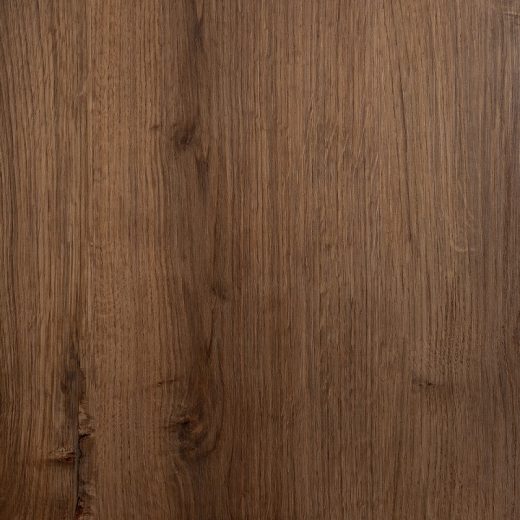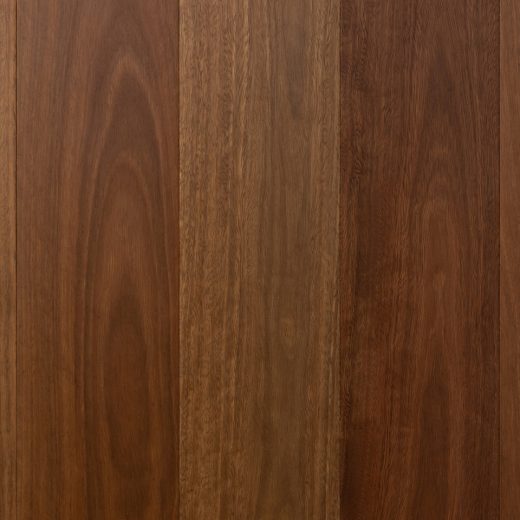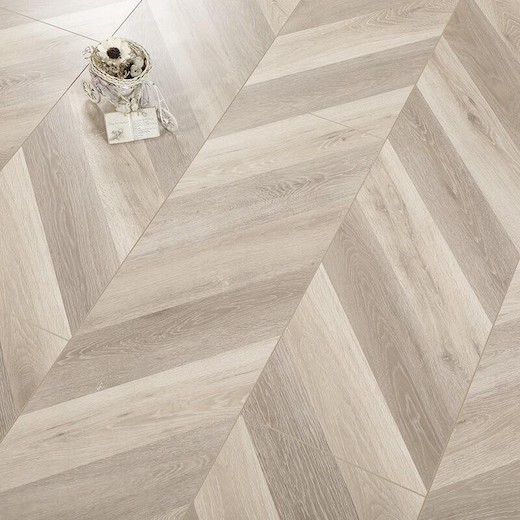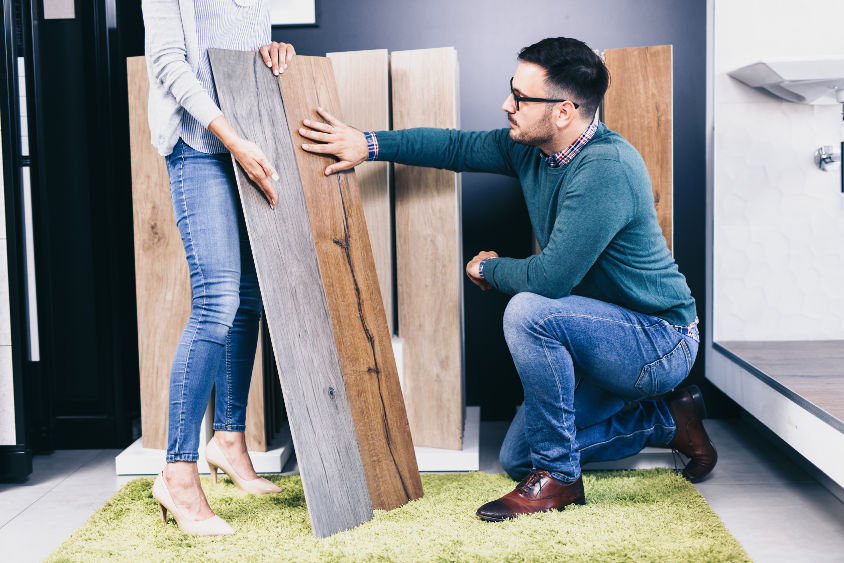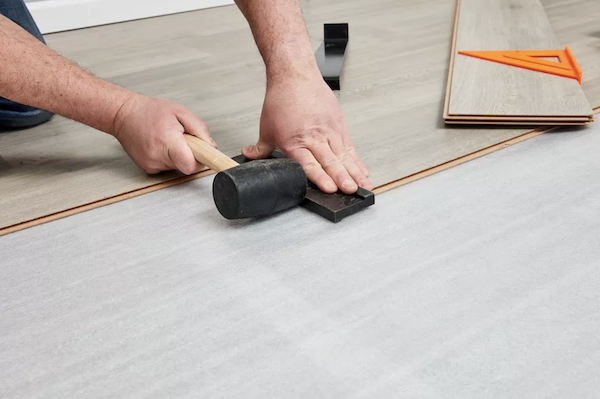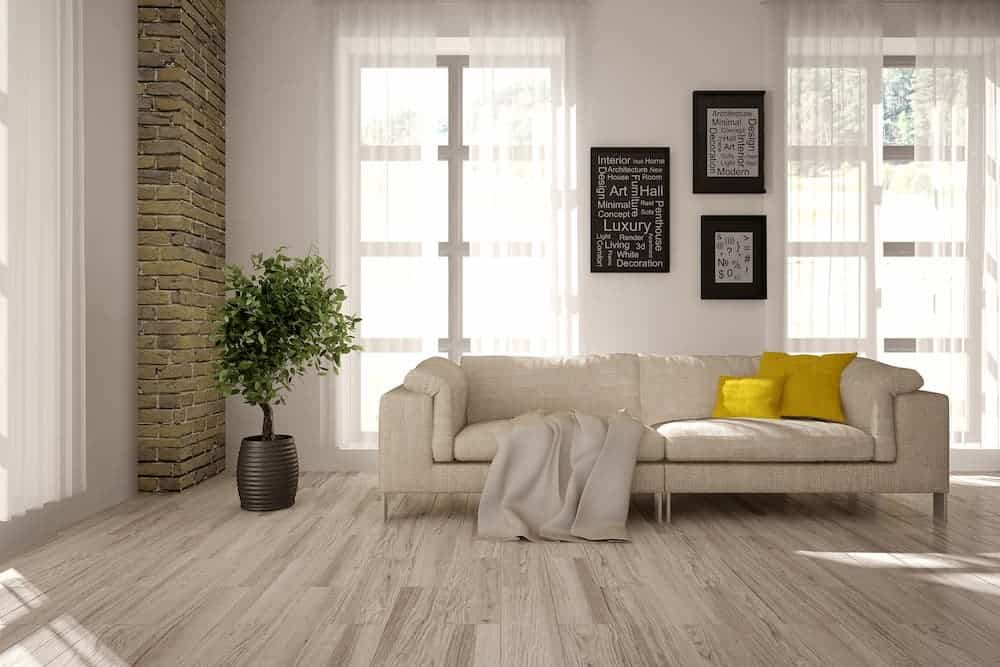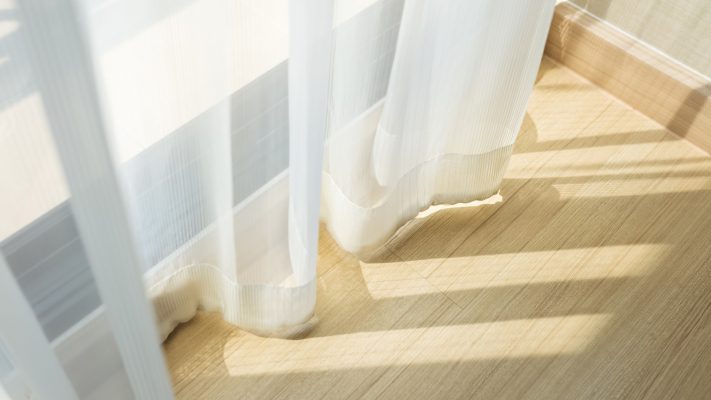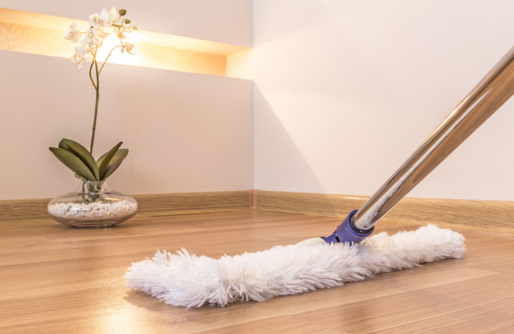Floor care & maintenance
AFTA Flooring has detailed instruction on the maintenance and caring of the floor, below are the extract of the “Floor care & maintenance 2016” by ATFA
Timber floors vary in ease of maintenance depending on the type of coating used and the severity of wear on the floor. Floors always greatly benefit from regular care. In doing so, the life of the floor finish and floor are greatly enhanced.
A newly finished floor
Although a floor may be walked on after initial curing/hardening of the coating, some precautions are necessary with a newly finished floor until the coating system has fully hardened and this may take several days to several weeks depending on the coating option taken and the weather conditions at the time of application. Use of the floor before the full cure has been realised can result in increased tendency for scuffing and scratching. It is recommended that rugs are not laid until after the floor finish has fully hardened.Additionally rugs with rubber backings should never be used as these may tend to stain or
Otherwise affect the applied coatings. While light furniture can be replaced and used during this period, it should be ensured that furniture protection felt pads are attached to the feet of tables and chairs etc. and furniture such as chairs 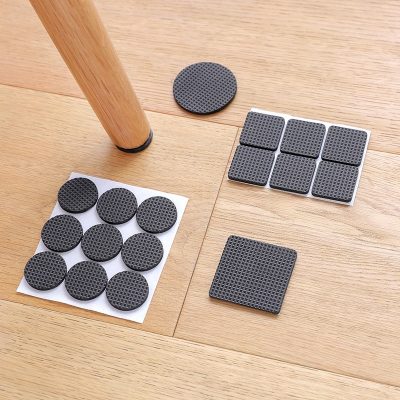
Similarly, it should also be ensured that heavy items such as fridges are moved carefully into position and at no time should they be dragged over either newly finished or fully cured floors. Consideration should also be given to chairs with castors as they can indent softer timbers and also cause premature wear of the coatings they are in contact with. Again these should not be used until the finish has hardened. (Note that barrel type castors are less likely to damage a floor than ball castors.) Avoid walking on your wood floors with cleats, sports shoes and high heels. A 60kg woman walking in high heels can have an impact of 1 tonne per square inch. An exposed heel nail can exert up to 4 tonne per square inch. This kind of impact can dent any floor surface.
Ongoing Care and Maintenance
Ingress of Grit and Direct Sunlight
There are some things that are enemies to timber floor finishes and one of these is sand or grit that can be brought into the house with footwear. These small particles act like sandpaper resulting in scratches in the floor. Mats placed both outside and inside external doors provide a simple and effective means of significally reducing grit from entering the house. Similarly, in high wear areas, carpet runners and rugs can be effective and can also add to the decor of the house. The kitchen floor generally experiences high
Wear and therefore a floor rug in this area can be particularly beneficial.
Another aspect that should be considered is the amount of direct sunlight that is reaching the floor. Direct intense sunlight can contribute to gapping and possible cupping of boards (board edges higher than the centre of the board). It will also cause the colour of both boards and finish to change with time. Some floor finishes are more prone to darken with age and direct sunlight accelerates this process. Filtered sunlight through curtains or blinds provides an effective means of slowing the colour change processes and is also effective in controlling the gap width between and possible cupping of floor boards. In some instances it may be decided that window coverings will not be used, and if the sunlight has not been controlled by patio roofs or awnings then floors rugs can be used.
Steam mops
Everyone has seen the commercials showing steam cleaners magically sanitising, disinfecting, deodorising, and cleaning a timber floor. The manufacturers even advertise for use on timber floors, but that doesn’t mean that timber flooring manufacturers or finish manufacturers think steam mops are appropriate for a timber floor; in fact, some have begun to specifically mention steam mops in their list of ‘don’ts’. Steam mops can cause peeling of finish, whitening of the finish and a cloudy finish. Unless the timber flooring or finish manufacturer says it’s OK, it’s safest to assume steam cleaning is not appropriate on a timber floor.
On a fortnightly to monthly basis floors can also benefit from damp mopping. Providing the mop is only damp and the finish is in good condition, mopping carried out correctly will not affect either the finish or the timber. Damp mopping provides an effective deep clean and should be undertaken with a neutral pH wood floor cleaner or product recommended by the finish manufacturer. Harsh detergents or abrasive cleaners are to be avoided. After wetting the mop it should be wrung out until it is moist before mopping. Using clean water, a final mopping with a mop wrung out till it is ‘dry’ may be used to further remove excess moisture on the boards. Periodically the protective pads on furniture legs should also be check to ensure that they are clean of grit or in need of replacement.
When is re-coating a floor necessary?
Timber floors are subject to different wear patterns and it is in areas of higher wear that there will initially be signs that the floor requires re-coating. It is important to ensure that excessive wear does not occur before re-coating the floor is considered. If wear has been excessive then a total re-sand and re-finish will be required. The finish should be inspected in the high wear areas and if a few drops of water bead on the surface then the finish is still intact and may require cleaning rather than recoating. If however, after a few minutes the water begins to soak in and the timber colour darkens, then the finish is partially worn and recoating should be undertaken. It is important that the details of the original coating system can be made available to the sander and finisher to ensure compatibility between coats.
Maintenance Mantras
These guidelines apply to any Timber floor. Following them will help your floor look good for longer between recoating and re-sanding:
- Anti-static mop, sweep and/or vacuum (soft head) the floor as often as possible.
- Never, ever wet-mop a floor.
- DON’T use: ammonia-based cleaners, wax-based products (unless coating is oil or wax), detergents,bleach, polishes, abrasive cleaning soaps, steel wool or abrasive cloths, turps or kerosene.
- Use walk off, walk on mats and area rugs at all doorways (keep door mats clean).
- Put floor protectors on the bottom of all furniture and anything else that is hard and will make contact and might rub on the timber floor. (Lift and do not slide chairs.)
- Wipe up all spills immediately. Many beverages will stain most finishes if left on the floor.
- Keep pet nails trimmed. Know that dogs running through the house will scratch any finish.
- Consider using carpet runners/area rugs in high-traffic areas.
- Keep your home at normal living conditions for your area—no extremes of humidity or temperature.
- Protect your floor from direct sunlight. Prolonged exposure to sunlight can soften the tone of different species of timber to varying degrees and accelerate the darkening from oxidation and aging of timber and the coating.
- DON’T wear shoes with stiletto heels on your timber floor. Remove shoes at the door to avoid potentially dragging in sharp objects in your shoe treads.
- Rearrange your rugs and furniture periodically to allow the flooring colour to age evenly.


